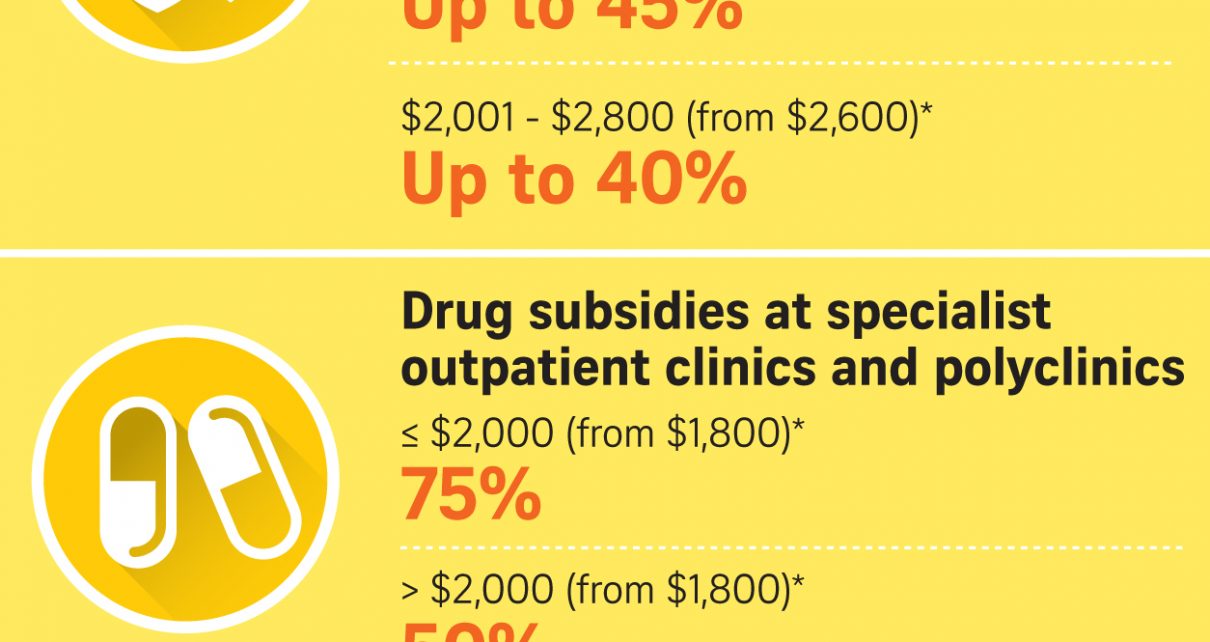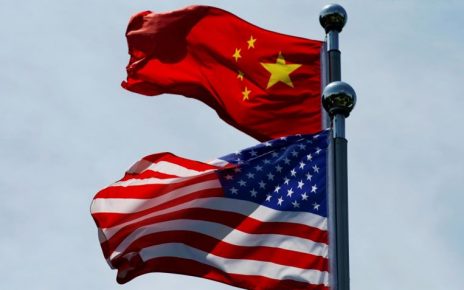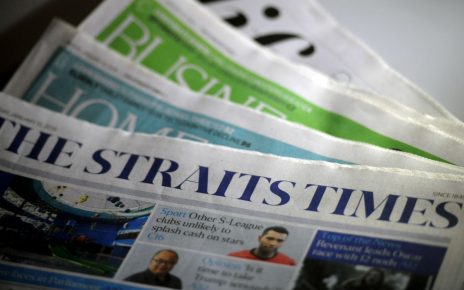By October, more people here will qualify for healthcare subsidies, and many of those who are already entitled to pay less will get additional help to offset their medical expenses.
At least 365,000 Singapore residents will enjoy more healthcare subsidies after the Health Ministry’s revision of income eligibility criteria for various schemes, ranging from basic medical insurance to clinic visits.
Each person in a household can earn an average of between $100 and $300 more per month and still qualify, following the latest review “to ensure that healthcare remains affordable for Singaporeans”, Health Minister Gan Kim Yong said yesterday.
For example, a family with a per capita monthly income of $1,200 will qualify for up to 50 per cent subsidy of their MediShield Life premiums. Previously, it would have been up to 45 per cent.
Premium subsidies will also be available for a new group of people: those with a per capita family income from above $2,600 to $2,800. This translates to a total cap of $11,200 for a family of four. By October, they will be eligible for subsidies of between 15 and 40 per cent, depending on their house type and age of the person.
Another group of beneficiaries is set to grow: seniors aged 60 years and older.
When the per capita household income ceiling for the Seniors’ Mobility and Enabling Fund is raised from $1,800 to $2,000, more will enjoy up to 90 per cent subsidy for devices such as wheelchairs, pressure relief mattresses, hearing aids and spectacles. They will also be able to get up to 80 per cent subsidy for consumables, including adult diapers and milk feeds.
With Singapore’s high rate of diabetes and kidney failure, subsidies for a number of patients with these conditions will also rise, depending on their household income. More than 7,000 people are on dialysis, which they must routinely do for the rest of their lives.
The changes will not affect people from households with no income. Their eligibility remains dependent on the annual value of their homes.
More than two million Singapore residents are currently receiving means-tested subsidies for at least one healthcare scheme or service.
In all, the changes will call for an additional $65 million per year, increasing the yearly budget for the schemes in question to about $2.17 billion, the Ministry of Health told The Sunday Times.
“No one will be denied appropriate healthcare because they cannot afford to pay,” said a spokesman.
People who qualify will automatically enjoy the higher subsidies and they do not need to take any action, Mr Gan said when announcing the new income criteria at a carnival to raise awareness of the Community Health Assist Scheme (Chas) at Toa Payoh HDB Atrium.
Another significant move is the introduction of a new tier to Chas which subsidises people who see specified private general practitioners or dentists. This is the Green tier for Singaporeans with chronic ailments, a change Prime Minister Lee Hsien Loong had announced at last year’s National Day Rally.
To be launched on Nov 1, it has no income criteria, unlike the existing Blue and Orange tiers which are means-tested.
The new tier “is a major shift towards universal subsidies for chronic conditions under GP care”, said Mr Gan, who noted that as the population ages, more Singaporeans will need help to manage their chronic ailments.
Businesswoman Rena Lim, who has diabetes, is looking forward to paying less and has applied for the Green Chas card to help offset the cost of regular check-ups at the polyclinic near her home. “Having the same doctor monitoring my condition is good,” said the 59-year-old.
The per capita monthly household income to qualify for the existing Chas subsidies will also go up by October, Mr Gan announced. The ceiling for the Blue tier will be raised from $1,100 to $1,200, and for the Orange tier, from $1,800 to $2,000.
Existing Chas cardholders who qualify for a higher tier will get replacement cards by October. There are now about 1.2 million existing Chas cardholders, including Pioneer Generation members.
From Nov 1, higher annual subsidy limits for Chas also take effect.
In the same month, about 500,000 Singaporeans in the Merdeka Generation – those born in the 1950s – will start getting subsidies at over 1,000 specified private GP and 700 dental clinics. Their subsidies will be higher than for Chas card holders.
Mr Gan said the Chas enhancements and the Merdeka Generation package will cost $200 million a year, or a third more than the $152 million disbursed last year under Chas.
Underlining the importance of family doctors and dentists in Singapore’s healthcare system, Mr Gan said: “Our regular family doctors and dentists are our first line of care when we fall ill, and provide continued care to help us manage our health conditions well. Through their advice, health checks and screening, as well as vaccinations, they also help us to stay healthy.”
SEE TOP OF THE NEWS:



